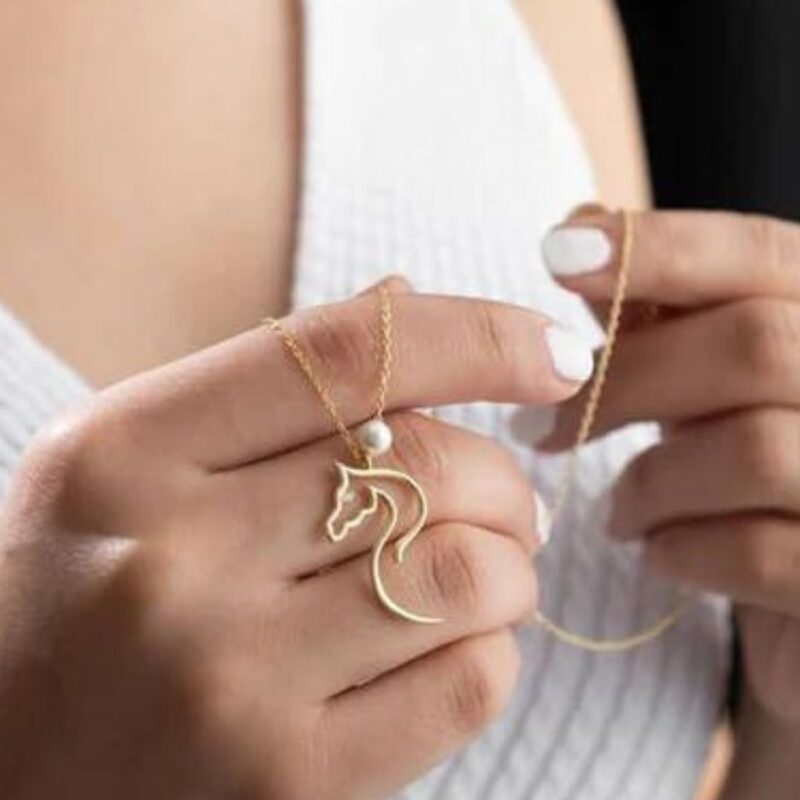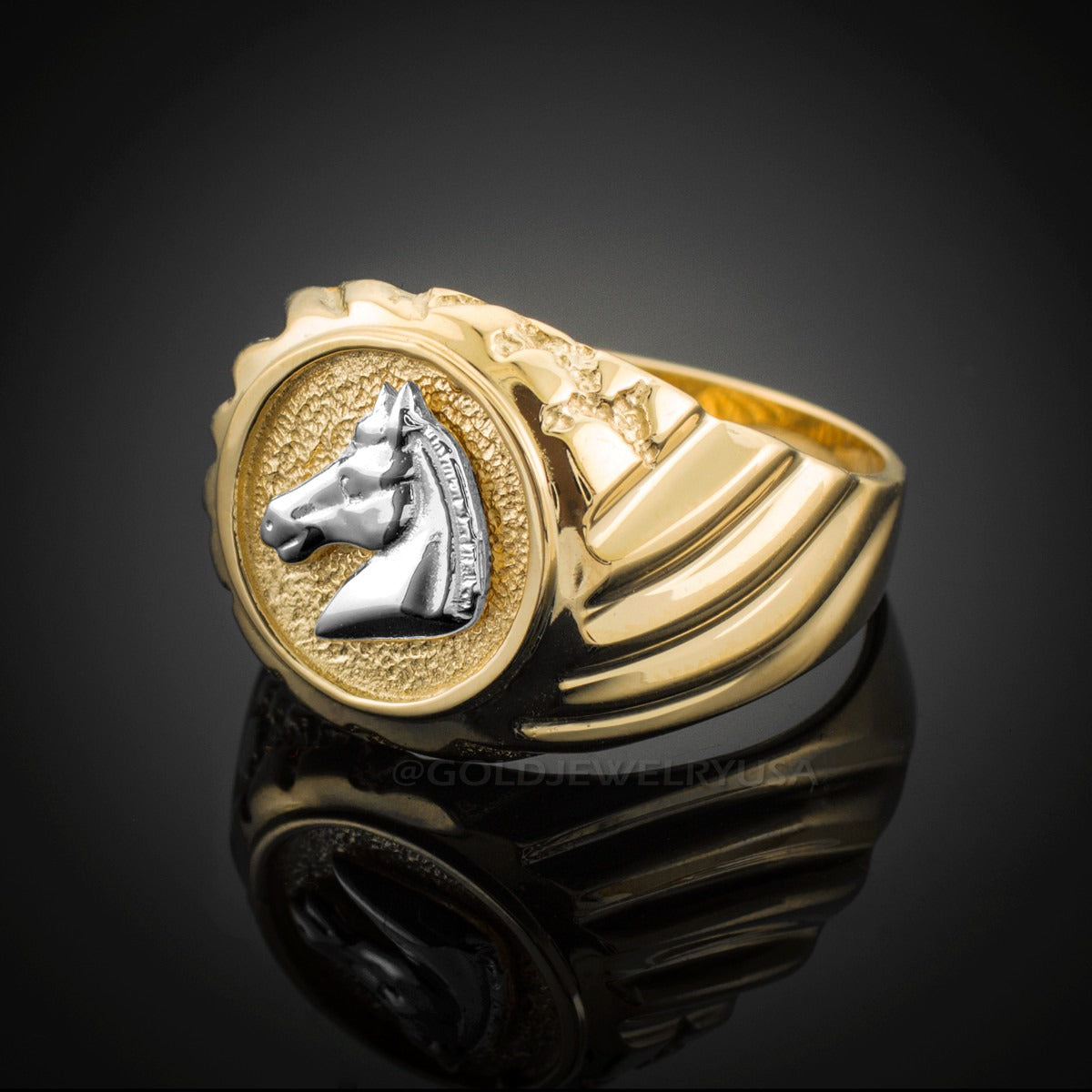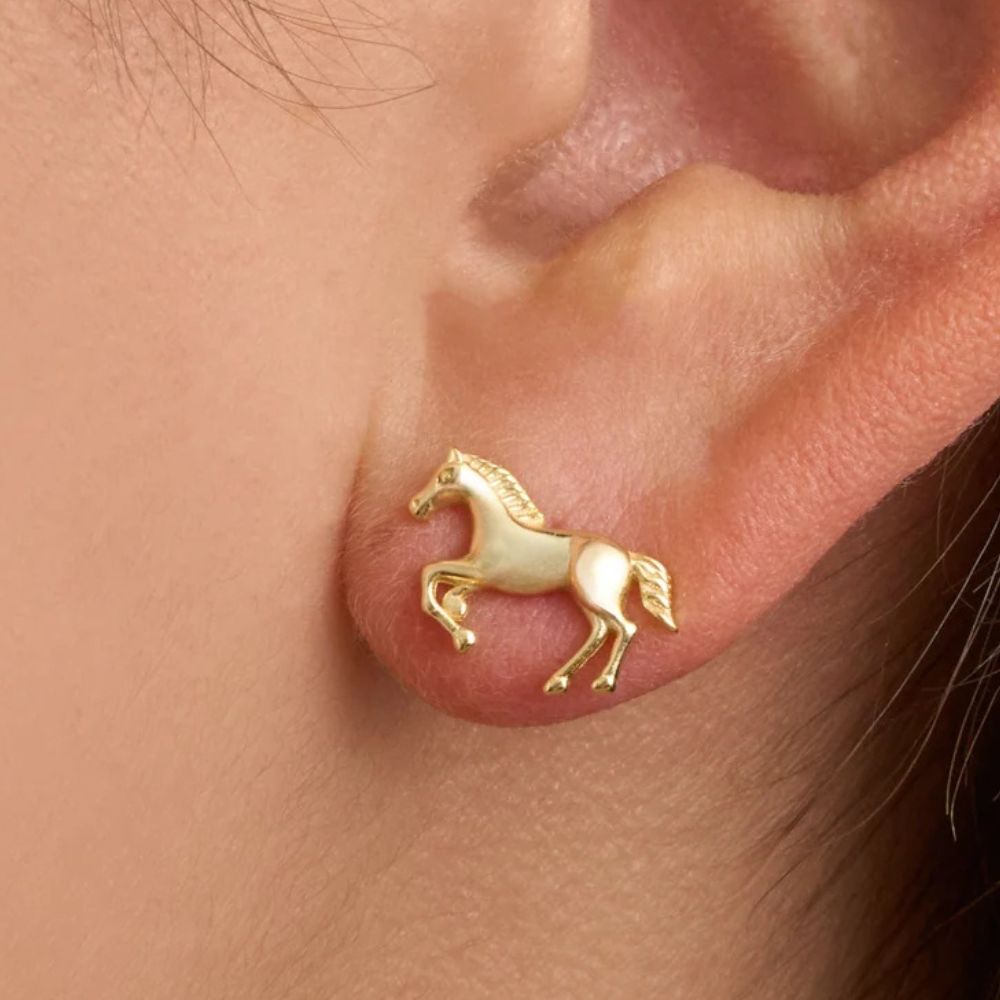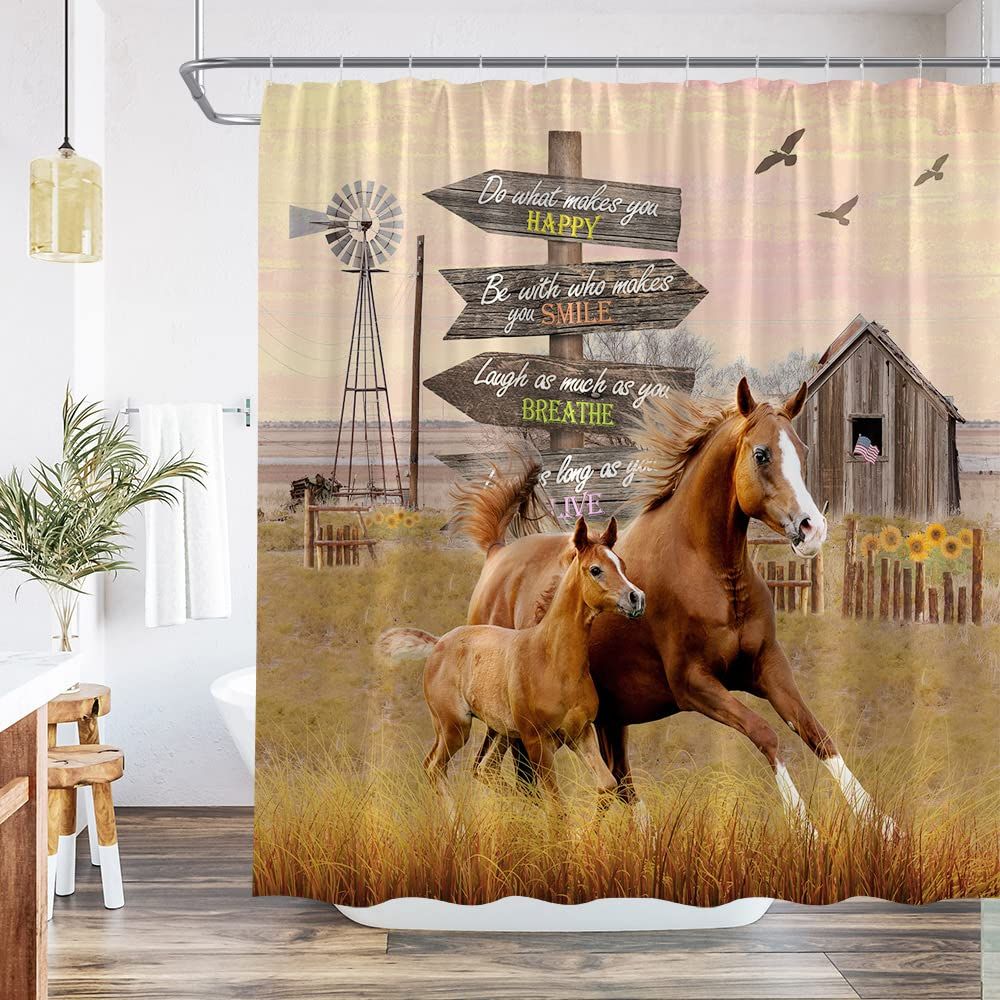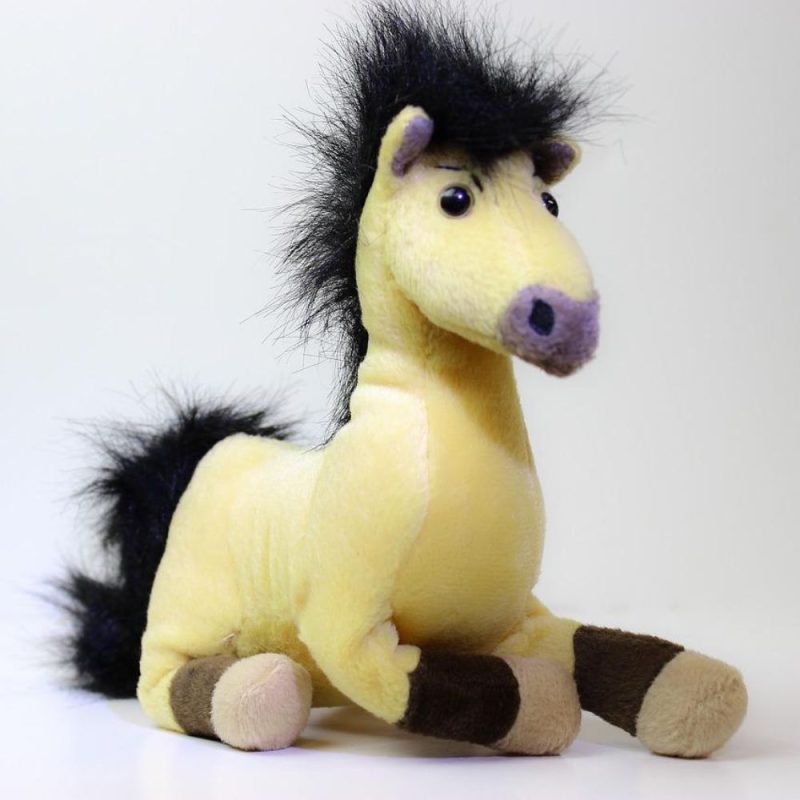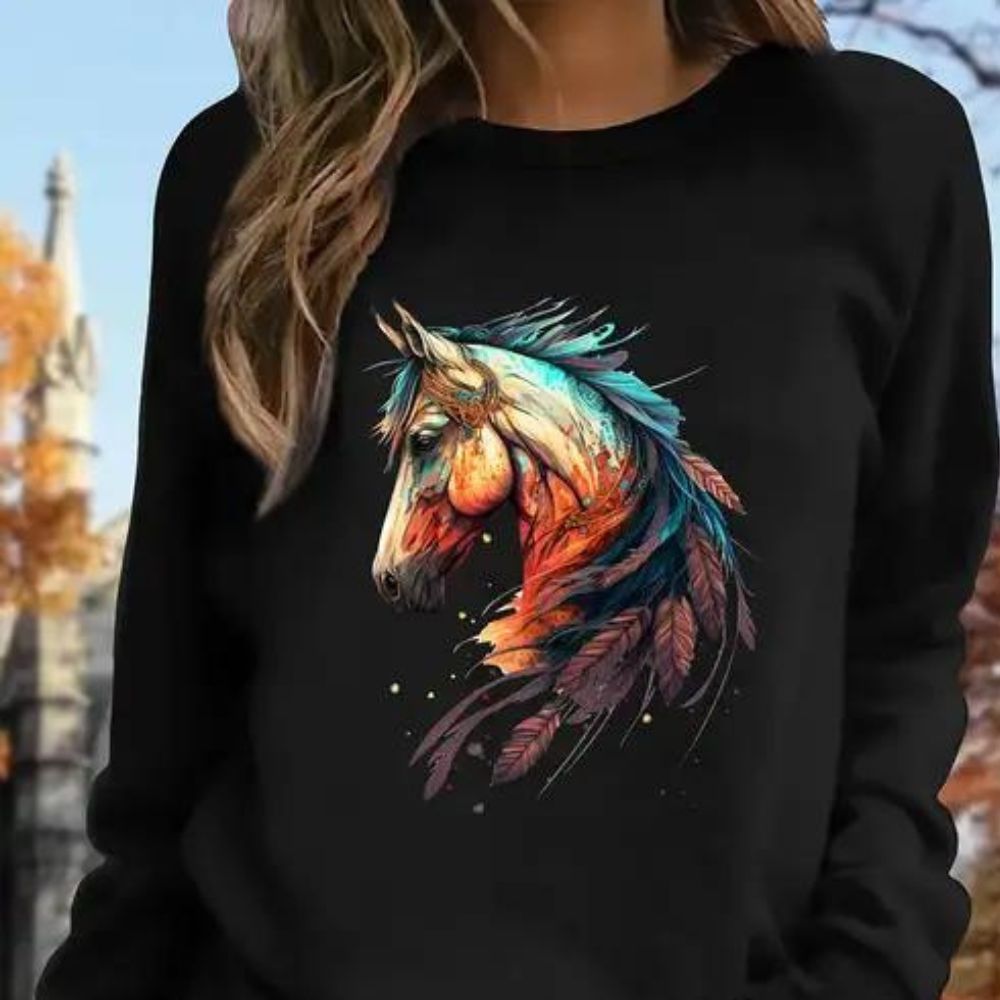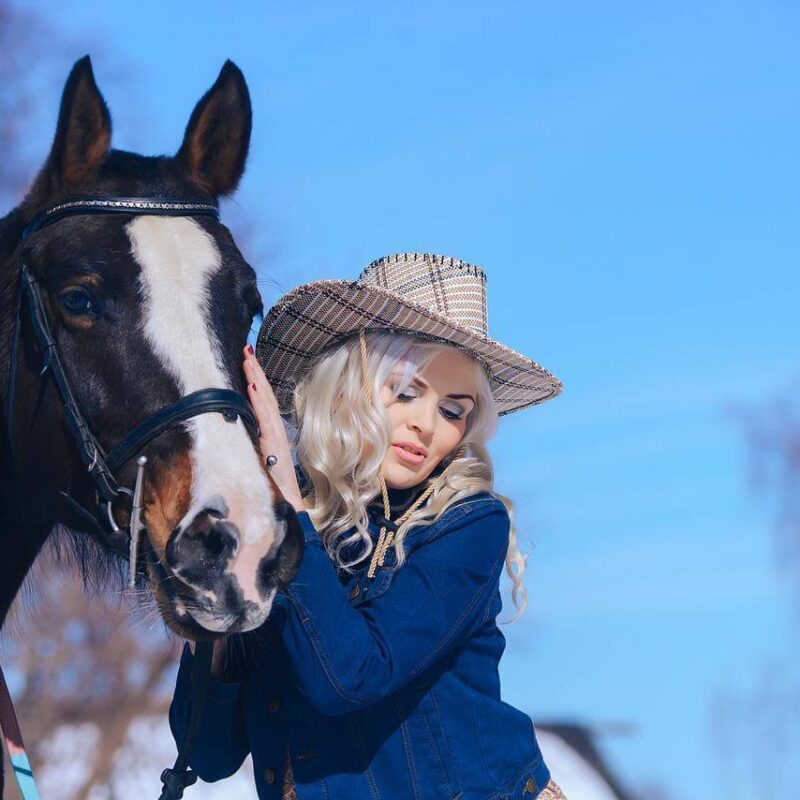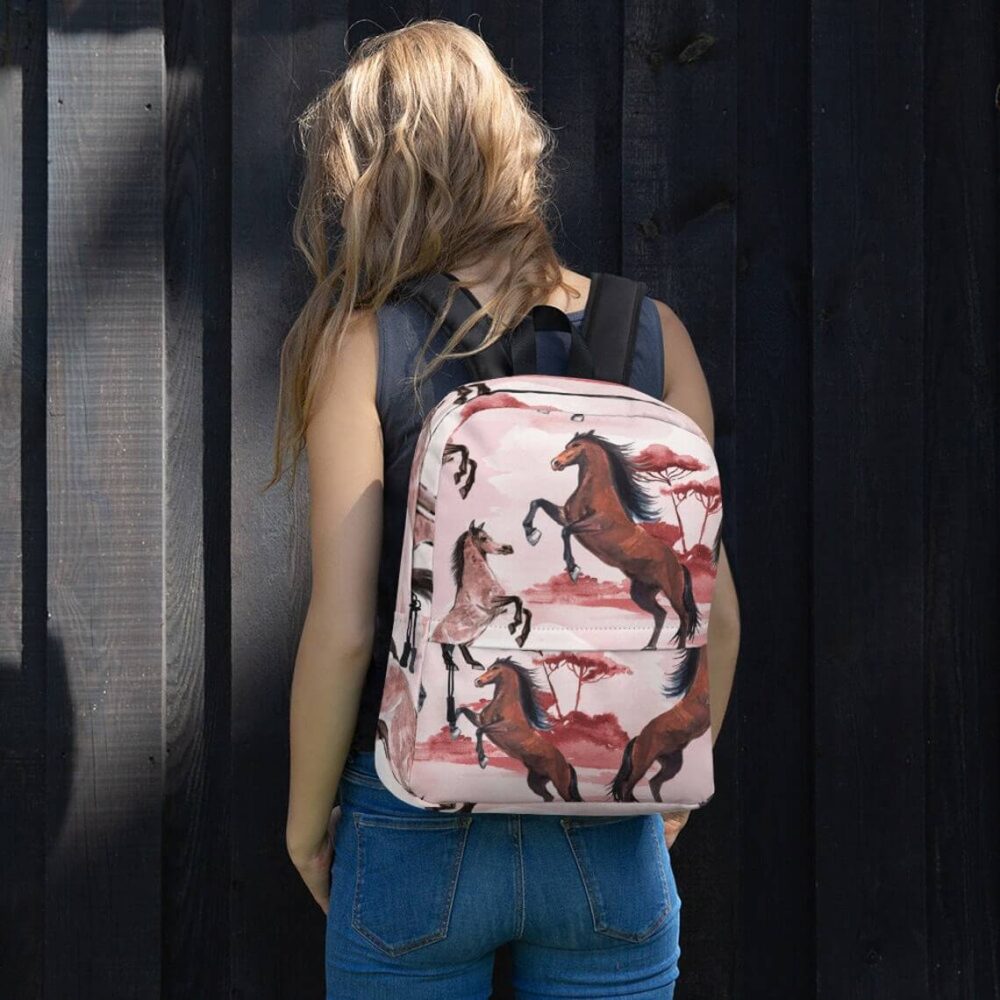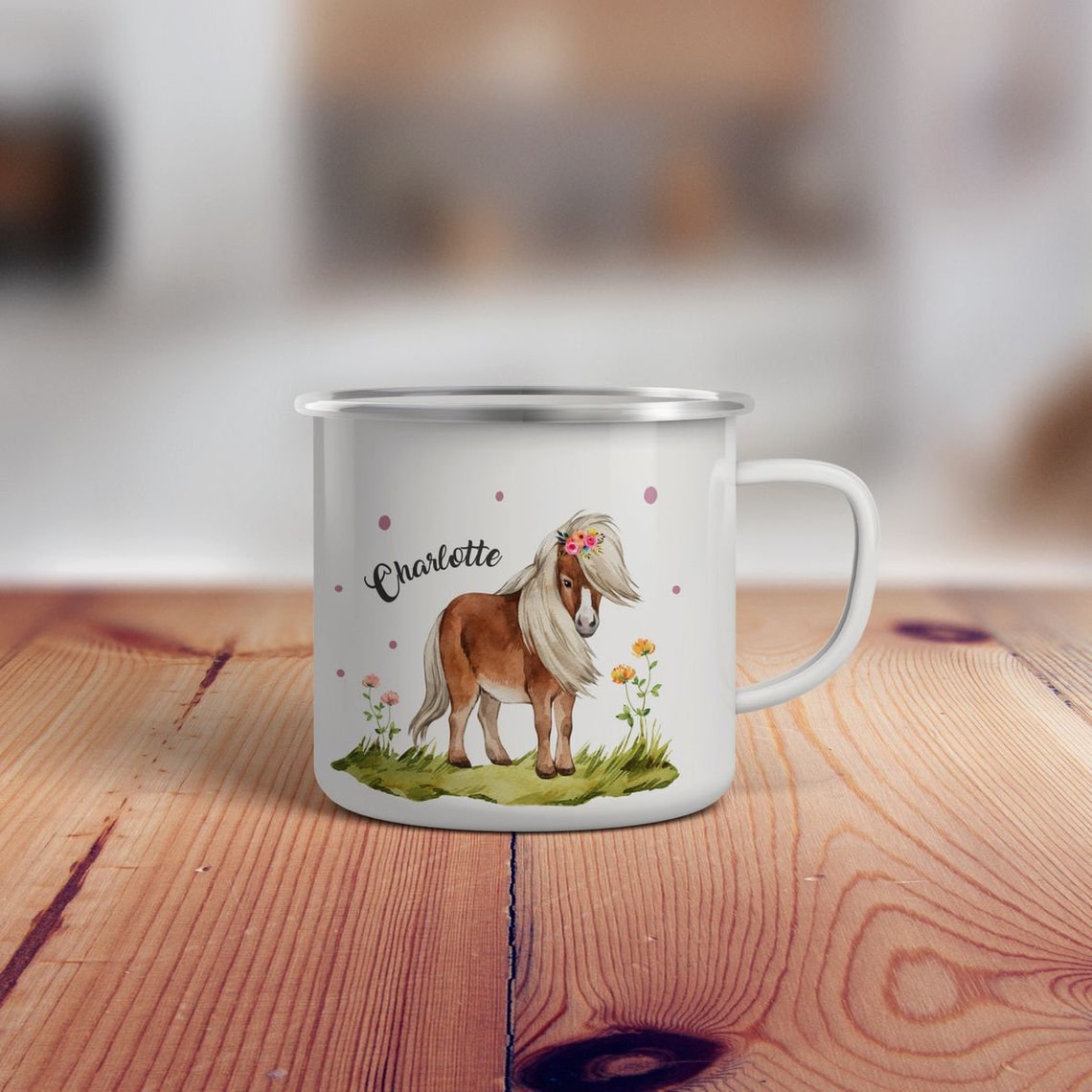
How Many Frogs Does a Horse Have? Vet Explains
You’ve probably heard the term "frog" tossed around in barn conversations or during farrier visits—but no, we’re not talking about the amphibian. If you’ve ever picked up your horse’s hoof and noticed a V-shaped, rubbery structure in the center, that’s the *frog*. It’s a critical part of equine anatomy, yet its odd name and function often spark curiosity. Picture this: your farrier lifts your gelding’s hoof, taps the frog lightly, and you catch a whiff of that unmistakable earthy scent of healthy hoof tissue. But how many of these frogs does a horse actually have? Let’s settle the mystery once and for all.
**The quick answer**: Every horse has *one frog per hoof*—meaning a total of **four frogs** in a healthy, sound horse. These wedge-shaped pads are vital for shock absorption, circulation, and traction. But let’s be honest—the real magic lies in the details. The frog isn’t just some random hoof feature; it’s a biomechanical marvel. Soft yet tough, it acts like a natural pump, aiding blood flow with every step your horse takes. If you’ve ever seen a horse trudge through mud, you’ve watched the frog work its grip-enhancing wonders. Yet, despite its importance, problems like thrush or over-trimming can turn this small structure into a big headache. So, why *four* frogs? Because each hoof—front and hind—houses its own, ensuring your horse moves with balance and resilience.
What Exactly Is a Horse’s Frog?
Nestled between the heels of the hoof, the *frog* is a triangular, spongy pad made of keratin and specialized tissues. Its name might seem whimsical, but theories suggest it comes from its fork-like shape (resembling a frog’s hind legs) or the amphibian-like croaking sound it makes when pressing into muddy ground. Far from decorative, this structure is a multitasker:
- Shock absorption: It cushions the impact of each stride, protecting joints and bones.
- Blood circulation: Compression against the ground helps pump blood back up the leg.
- Traction: The frog’s texture prevents slipping, especially on wet surfaces.
The Anatomy of a Frog
Peel back the layers, and you’ll find the frog isn’t just a simple pad. Its central sulcus (a deep groove) can trap debris, making it a hotspot for thrush if not cleaned regularly. Healthy frogs are supple, with a slight give when pressed—think of the feel of a firm eraser. In contrast, a dry, cracked frog or one with a foul odor signals trouble.
Why Do Horses Have Four Frogs?
Each hoof operates independently, requiring its own *shock absorber* and *blood-pumping system*. Imagine a horse galloping across a field: the front hooves bear 60% of the weight, while the hinds provide thrust. All four frogs work in harmony to distribute force, reduce strain, and keep your horse sure-footed. Miss one, and you’d see lameness issues crop up faster than you can say "farrier."
Common Frog Problems and Solutions
Even this resilient structure isn’t immune to problems. Here’s what to watch for:
Thrush
That pungent, black goop in the central sulcus? It’s a bacterial infection thriving in moist, dirty conditions. Daily hoof picking and stable hygiene are your best defenses.
Overgrown or Underrun Frogs
Poor trimming can leave frogs protruding or receding. A skilled farrier will balance them with the hoof wall—no more, no less.
How to Keep Your Horse’s Frogs Healthy
Preventive care is straightforward but non-negotiable:
- Pick hooves daily to remove rocks and muck.
- Ensure turnout in dry areas to avoid prolonged wetness.
- Schedule regular farrier visits—every 6-8 weeks for most horses.
Fun fact: Wild horses naturally maintain robust frogs through constant movement over varied terrain. Domestic horses? They rely on *you* to mimic those conditions.
The Frog’s Role in Hoof Soundness
Ignore the frog, and you risk lameness, poor circulation, or even long-term damage. A well-maintained frog, though, is a silent hero—supporting your horse’s performance, whether they’re jumping courses or ambling down trails.
Next time you’re at the barn, take a moment to appreciate those four little frogs. They’re proof that in horses, even the quirkiest-named parts hold profound purpose. After all, a happy frog means a happy hoof—and a horse ready for whatever adventure you ride into. 🐴💚







